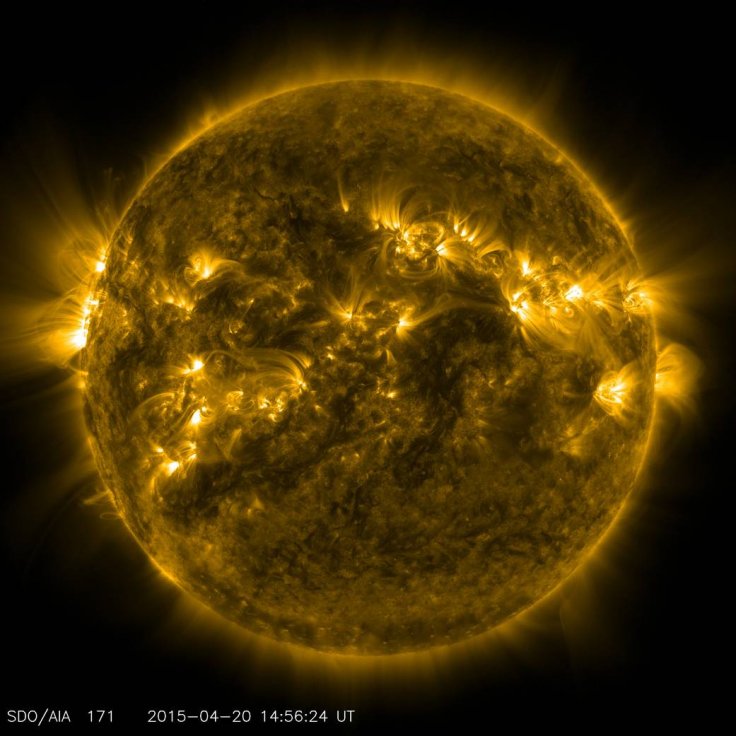
In a new study, scientists warned that the devastating solar storm event that occurred in 1859 could happen again. Based on the data they have collected, the scientists concluded that severe solar storms can happen more frequently than previously thought.
A solar storm on Earth can be caused by a coronal mass ejection, which occurs when the Sun ejects plasma and magnetic field from its outer atmosphere. When this reaches Earth, it can affect Earth's magnetic field, severely disrupting electrical and technological devices and facilities.
In today's modern world, a powerful solar storm can cause wide-scale power outages and render electronic communication devices useless. It can also affect GPS devices as well as the operations of satellites in low-Earth orbit.
The most well-known incident caused by a solar storm occurred in 1859. Known as the Carrington Event, the extreme space weather caused widespread blackouts, electrical disruptions as well as damages to the cities' electrical grids and even triggering massive fires during the incident.
For years, scientists have regarded the Carrington Event as the most extreme incident involving a solar storm. However, according to a team of scientists led by Hisashi Hayakawa of Japan's Osaka University and the U.K.'s Rutherford Appleton Laboratory, a similar event could happen in the future.
"The Carrington Event was considered to be the worst-case scenario for space weather events against the modern civilization," Hayakawa said according to Phys.org. "But if it comes several times a century, we have to reconsider how to prepare against and mitigate that kind of space weather hazard."
For the study, Hayawaka and his colleagues compared the Carrington Event with previous space weather data collected by various observatories as well as past incidents of solar storms that occurred in 1872, 1909, 1921 and 1989.
After analyzing the data, the scientists learned that the solar storms that occurred in 1872 and 1921 were very similar in terms of its strength to the one that caused the Carrington Event. This led the scientists to conclude that the solar storm in 1859 is not one of a kind, which means it can happen again.
"While the 1859 storm was certainly one of the most extreme events, this seems at best comparable to the 1872 storm and 1921 storm in terms of its intensity," Hayakawa explained. "So, the Carrington Event is no longer something unique."
"This fact may require us to reconsider the occurrence frequency of this kind of 'worst-case scenario' of space weather events," he added.
The study conducted by Hayakawa and his team was published in the journal American Geophysical Union.









